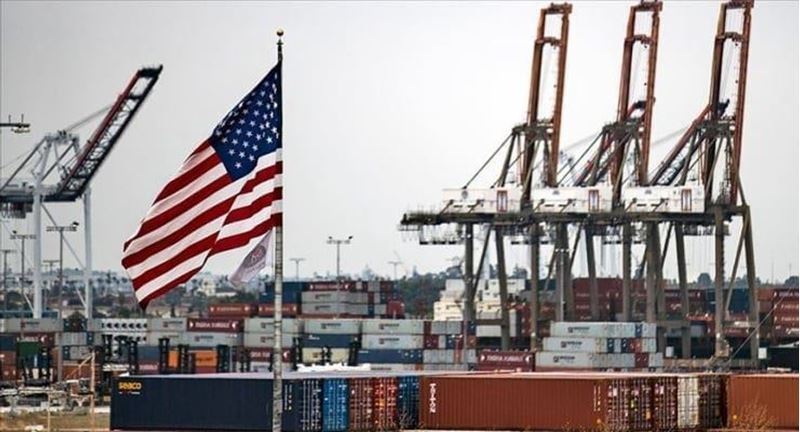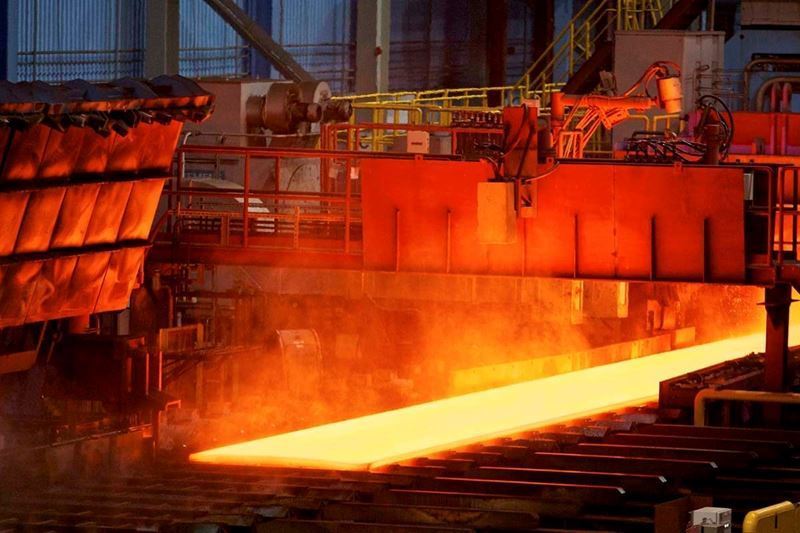In the wake of the Suez Canal crisis, the global steel trade faces significant upheaval, with prices soaring and delivery times elongating. The blockage of one of the world's busiest maritime routes by the Ever Given mega-container ship has sent shockwaves through the steel industry, exacerbating existing supply chain challenges and disrupting trade flows.
The ramifications of the crisis are being felt far and wide, as steel manufacturers grapple with increased costs and logistical headaches. The Suez Canal serves as a vital artery for the transportation of raw materials, including iron ore and coal, essential for steel production. With vessels stranded and delays mounting, the flow of these critical inputs has been severely disrupted.
The Suez Canal crisis has led to a 150% increase in the freight rates for transporting steel to Europe. This crisis stems from the fact that armed Houthi rebels in Yemen attack commercial vessels passing through the Red Sea, with suspicions of their connection to Israel. The average container ship freight rate for the Red Sea route has surged from $1,200 per twenty-foot equivalent unit (TEU) in December 2023 to approximately $3,000 per TEU currently. The highest recorded price reached $5,300 per TEU at the end of January 2024, but it has since declined from its peak in February.
As a result, steel prices have surged to unprecedented levels, adding to inflationary pressures already facing economies worldwide. The cost of transportation has skyrocketed as shipping companies reroute vessels around the Cape of Good Hope on the southern coast of South Africaor endure lengthy waits for the canal to reopen. This has led to a domino effect, with higher freight costs being passed on to consumers across various industries reliant on steel, from construction to automotive manufacturing. Previously, cargo delivery from non-European Union countries through the Suez Canal took about 30 days, but now it has increased to 45 to 55 days.
During this crisis, most steel-carrying vessels are bypassing the Suez Canal and heading to Italy and Europe. In previous years, countries such as India, China, Vietnam, Japan, Taiwan, and South Korea were the primary exporters of steel products through this route, and their steel-carrying ships have been navigating the Red Sea for a long time. In 2023 alone, these countries exported 5.48 million tons of steel to Italy.
The situation remains critical as shipping companies grapple with the impact of this crisis on global trade routes and supply chains.
In response to the crisis, steel traders are scrambling to adapt, seeking alternative shipping routes and exploring air freight options despite their exorbitant costs. However, such measures offer only temporary solutions and cannot fully mitigate the disruptions caused by the canal blockage.











Comments
No comment yet.